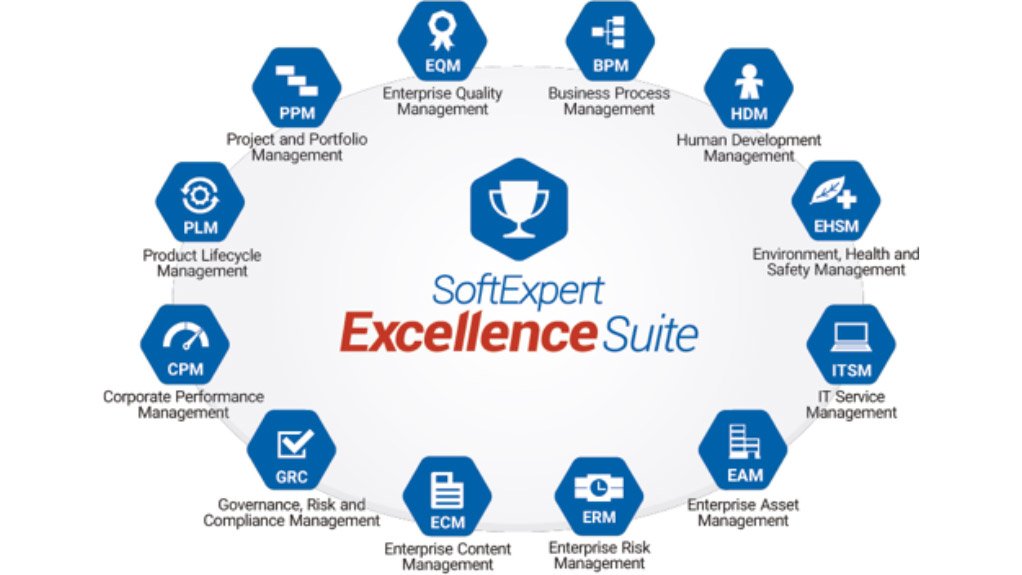Having attended dozens of industry trade association events in recent years, one notices a common theme in comments made by Original Equipment Manufacturers (OEMs) and their Tier 1 or prime contractor suppliers regarding their product launches.
Across every industry and market, executives talk about the significant investment of time and money involved in bringing new products to market. These same people also say they wish their suppliers would become more reliable and consistent in providing material, parts and services that are on-time and within specification.
When asked about recent experiences as a customer or a supplier, executives often roll their eyes and sigh, saying that it is very difficult to launch new or update programs in our modern era without problems.
As with any common challenge in our economy, this presents a huge opportunity for any supplier who can deliver consistently clean product launches, enabling them to come out above their competition, and build favour with customers.
The proper application of Advanced Product Quality Planning (APQP) will determine whether things go right or head off the rails during development, the fruit of which depends on three keys elements - Process, People and Systems.
Process
The first decision to make is where and how the APQP process definition is kept in a company. Unsurprisingly, it is often kept in a file cabinet or secure file folder on the company’s network server. Regardless of how simple, eloquent or complex the defined process is, it is often referred to, but more often or not can be difficult for employees to access.
When an APQP process definition is hard to find, the principle of 'out-of-sight, out-of-mind' leads to the temptation for most employees to be informally guided by word-or-mouth. In this situation the process can quickly become a conglomeration of personal impressions and recollections that may sometimes work, but can just as easily break down. As each team member proceeds under their own presumptions, misunderstandings, issues and problems will inevitably arise.
Many manufacturers try posting the process chart on a board somewhere in a hallway or meeting room to make the APQP process definition more visible to team members. Yet, even when this is done, the information is static and not readily available to all stakeholders.
By using modern systems, well-trained, coached and mentored program managers can overcome this challenge and help to ensure long-term success.
People
The retirement of baby-boom era employees, combined with the hiring of millennials and new graduates, means leadership experience and technical skills are being depleted. which in turn can cause APQP DNA to unravel and develop gaps. Without the proper initiatives to on-board these newer employees and help them build the communications and leadership skills needed for their important roles, they often end up 'not knowing what they do not know'. In a manufacturing company where technology and markets are changing rapidly, ignorance is never bliss.
To establish and support a healthy hiring and development process for new employees, there are cost-effective software tools capable of tailoring a company’s training needs based on short- and long-term goals set by senior leaders. Results improve when a strategy is created, and then committed to via a documented workflow to build skills of new employees. With clarity comes success and confidence. Both are critical to retaining millennials in our economy.
It is important to remember that modern APQP project- and program-managers typically do not have the classic or 'social' authority to exert over their teams. By the very nature of their role, these managers must lead with 'horizontal' influence, which requires effective communication skills, strong discernment and focus.
To successfully navigate the gauntlet of an APQP process, development project managers must listen well to colleagues, demonstrate best practices, and discern the blind spots, strengths and weaknesses of their team members. Fortunately, most of these strategies, tactics and skills can be acquired through training and coaching that can in turn be managed with the use of modern human development software. Mentoring by experienced managers and executives will become more consistently effective when driven by a logical, documented process flow.
Effective program managers lead using horizontal influence - not authority based on a title.
Systems
Having an APQP / Launch process defined and thoroughly documented, and managed by relatively new employees with growing skills, only addresses two of the critical building blocks required for consistent launch success. There is still one major area of risk - a lack of internal information tools.
It is critical to provide program managers and their team members with accurate, consistent, real-time information to generate the proverbial 'one version of the truth'. The APQP process can be put at great risk by using the typical hodgepodge of emails, spreadsheets and shared network folders to carry the critical collection of documents, records, statuses, reminders and KPIs needed for the team to succeed.
This approach introduces many leak points, multiple versions of key data, and out-of-sync open loops in communications. Even with team members doing their best to follow their understanding of the official APQP process, misunderstandings and costly mistakes are guaranteed to occur.
For project and program managers - even those with project management certifications - the so-called “affordable” disparate tools approach can result in a huge waste of time and money. Project managers have to chase and revalidate multiple versions of key files, and chivvy their team members in order to gather updates on the latest news via phone calls and emails, most of which may not be accurate. They will end up spending much of their valuable time on these clerical tasks - instead of focussing their attention on analysing trends and anomalies in the processes they are overseeing in order to manage these proactively and reduce hidden costs.
Modern software systems are capable of providing consistent business logic, accurate up-to-the-moment information, automated historical record keeping, as well as real-time alerts based on actionable project data to support better decision-making.
Useful capabilities of these systems support the goal of creating team clarity, trust and respect:
- Inform team members and the program manager when deliverables are at risk of being late
- Notify the next person in a workflow when the required preceding steps are complete enabling
- their task to begin on time
- Track completion of important quality and planning documents (such as FMEAs, Control
- Plans, Staffing Plans, Capability Studies etc)
- Intuitive dashboard metrics with key statuses available at-a-glance
- Facilitate timely and accurate communications with suppliers of tooling, equipment, materials and
- services.
This modern approach enables managers to stay on top of their projects, and to avoid omissions and misunderstandings which, if not detected in time, will become glaring failures just before or during a new product launch.
Comprehensive, integrated and automated systems such as SoftExpert's Excellence Suite (SE Suite) can be the eyes and ears of the modern program manager. A system of this strength enables development project managers to prevent problems before they happen, and to contain and manage problems if and when they might occur.
Thoughtfully investing in strengthening each of the three pillars of Process, People and Systems is an important part of the principles of ISO 9001 and related quality standards, and is virtually a prerequisite to ensuring consistently clean product launches - by design. Such an investment can be truly cost effective, prevent cost overruns, and enable a manufacturer to shine as the preferred supplier to its customers.
For more information on SoftExpert's APQP Solution and other SE Suite solutions for business send mail to: Mike Smith mike.smith@rsph.co.za
Rifle-Shot Performance Holdings








